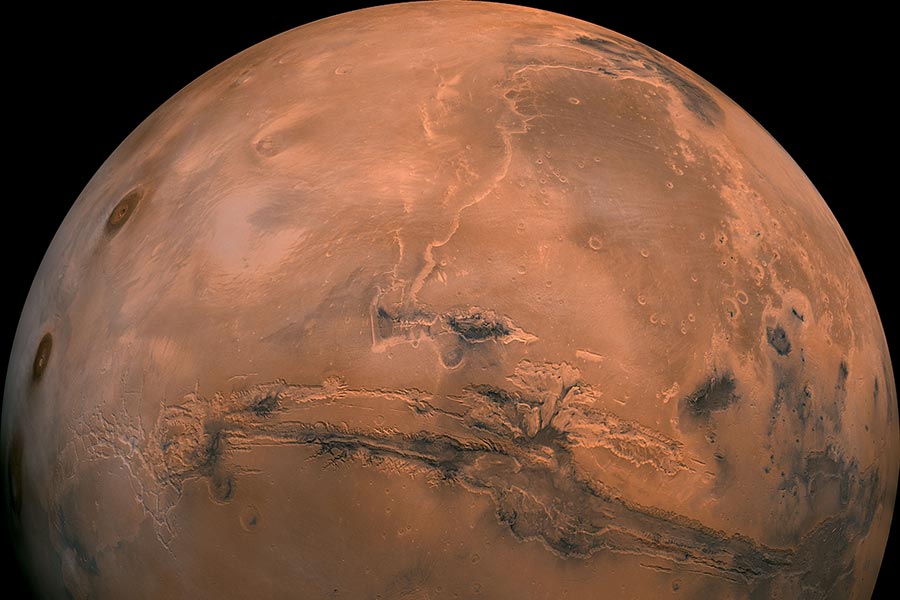
Advertisement
The National Aeronautics and Space Administration has revealed its latest project in hopes of sparing the planet and protecting the human race from a potentially devastating asteroid impact.
The initiative, called Double Asteroid Redirection Test (DART), is a refrigerator-sized aircraft designed to deliberately crash into a smaller component of the Didymos asteroid, a binary asteroid system slated to make a distant approach to Earth in October 2022, and then again in 2024. The asteroid system has been on NASA’s radar and was closely monitored since 2003. It is made up of two bodies: Didymos A that measures about half a mile in size, and Didymos B, which measures around 530 feet.
The calculated crash is expected to generate an impact of approximately 3.7 miles per second — or about about nine times faster than the speed of a bullet — in order to alter the asteroid system’s course. The space agency’s DART project is slated to impact only Didymos B, whose composition remains unclear. However, its size is typical of asteroids, which means that Didymos B has enough potential to trigger regional effects upon its impact to the planet.
“DART would be NASA’s first mission to demonstrate what’s known as the kinetic impactor technique — striking the asteroid to shift its orbit — to defend against a potential future asteroid impact. This approval step advances the project toward an historic test with a non-threatening small asteroid,” Lindley Johnson, NASA’s planetary defense officer in Washington, was quoted as saying in TheSun.co.uk.

According to DART program scientist Tom Statler, the binary asteroid system was the perfect natural setting to test the spacecraft. Statler said it would be easier to determine the results of the impact as Didymos B is readily in orbit around Didymos A. This also ensures that DART will not alter the orbit of the pair of asteroid systems. DART’s double asteroid redirection test is set to take place in 2022.
DART’s kinetic impact technique could make a difference
According to NASA, the kinetic impactor technique works by altering the speed of a threatening asteroid by a small fraction of its total velocity. Slight changes in the asteroid’s velocity can result to its total veering away from its natural course, which is towards our planet. (Related: It’s only a matter of time before an asteroid crash wipes out humanity)
This effect can allow our observatories to assess the impact and the resulting change in the orbit of Didymos B around Didymos A. As a result, this can help scientists determine the efficacy of kinetic impact as a potential asteroid mitigation scheme.
“DART is a critical step in demonstrating [that] we can protect our planet from a future asteroid impact. Since we don’t know that much about [its] internal structure or composition, we need to perform this experiment on a real asteroid. With DART, we can show how to protect Earth from an asteroid strike with a kinetic impactor by knocking the hazardous object [onto] a different flight path that would not threaten the planet,” Andy Cheng, DART’s co-lead investigator told DailyMail.co.uk.
Sources include:
Submit a correction >>
This article may contain statements that reflect the opinion of the author
Advertisement
Advertisements















